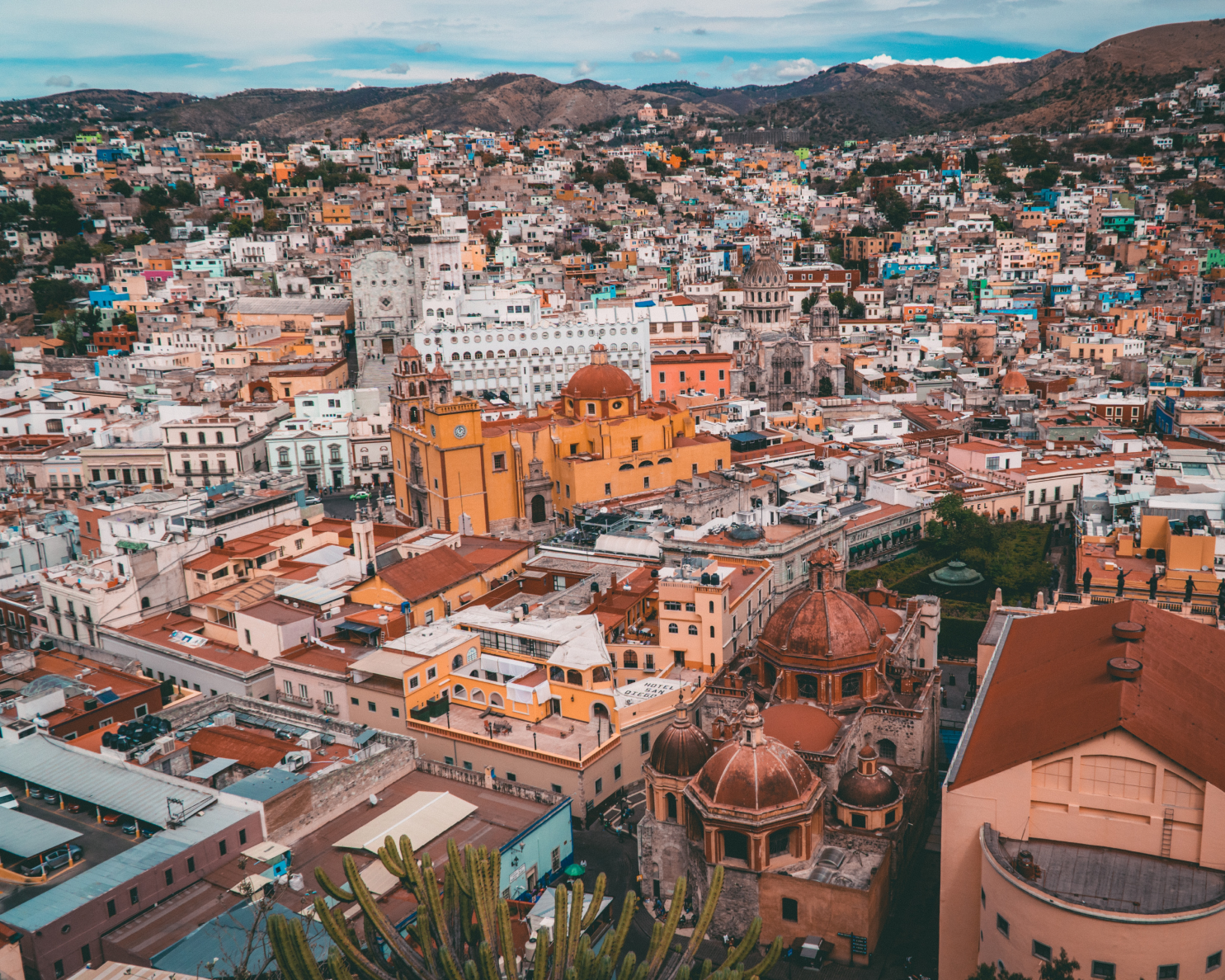Description
The As-Samra Wastewater Treatment Plant was initially designed in 2003 to treat wastewater for the 2.3 million inhabitants of Amman, while supplying quality irrigation water to the surrounding region. Construction of the plant was completed in 2008. However, the country’s rapid population growth and a large influx of refugees resulted in using the full capacity of the treatment plant both in terms of the volume of wastewater received and solids processing sooner than anticipated. For this reason, the Government of Jordan, through the leadership of the Ministry of Water and Irrigation (MWI), prioritized the expansion of the treatment plant in order to meet the needs of the population in two of Jordan’s most populous cities, Amman and Zarqa in October 2015. The plant expansion was a key part of a water re-use program that also improved the allocation of water resources by enabling the use of high-quality treated wastewater from As-Samra in agriculture, thereby freeing up freshwater for higher value use in municipalities. The proportion of blended wastewater used for irrigation has grown from 61 percent to 83 percent four years later, freeing up additional freshwater for domestic use for an estimated 2,020,000 people. The diverse blend of financing that was accessed to fund the USD 223 million project is what makes this a unique case.
Location
Amman and Zarqa, Jordan
Region
MENA
Instrument
Instrument category
International climate finance
Secondary instruments
Concessional finance or low-cost project debt
Project size (range)
> USD 200M
Project size (details)
USD 223M
Implementer
The Samra Wastewater Treatment Plant Company Limited (SPC), a private operator that was recruited through a Build-Operate-Transfer (BOT) contract to finance, upgrade, and operate the treatment plant.
Year of financial closure
2012
Client
The Government of Jordan's Ministry of Water and Irrigation (MWI)
Primary financer
The Millennium Challenge Corporation (MCC)
Other co-financers
The Arab Bank, Private financing, Investors such as Morganti, Infilco Degrémont, and Suez Environment.
Other contributors
Environmental sustainability consultants.
Other transaction participants
N/A
Barriers addressed
Viability gap funding: This reduced the risk of the investment, as Millennium Challenge Cooperation (MCC) covered the costs of all feasibility studies and other preparatory work.
Reduced capital costs: The MCC grant, coupled with the Government of Jordan’s contribution, helped reduce the capital costs while enabling a project with important economic and environmental benefits to become financially viable
Boosting private sector confidence: Without the blended finance approach, the private financiers would likely not have provided the debt component of the package, and the market-based equity costs would have rendered the project unaffordable to the Government of Jordan.
Financing structure
The Millennium Challenge Corporation (MCC) committed to assisting the MWI with the expansion project by providing transaction advisors and viability gap funding (VGF) to secure private financing and expanding the wastewater treatment plant through a build-operate-transfer (BOT) contract which is a form of public-private partnership. The BOT contract was signed in 2012 between the MWI and Samra Wastewater Treatment Plant Company Limited (SPC), a private company whose investors include Morganti, Infilco Degrémont, and Suez Environment. The commercial debt was secured through a standard project finance limited recourse loan from a syndicate of Jordanian local banks and financial institutions arranged by the Arab Bank. The limited recourse loan tenor is for 13 years, with an option to extend up to 20. At the time, this was the longest maturity that had ever been obtained for a Jordanian dinar-denominated limited recourse loan. Additional security was ensured through a cash waterfall account structure, and the agreement included step-in rights for the banks. The denomination of the loan in the local currency provided the clients with protection against foreign exchange risk. The interest rate during the three-year construction period for the treatment plant expansion was fixed (7.25 percent during year one; 7.75 percent during year two; and 8.25 percent during the final year). Following the commissioning of the plant, the loan evolved to a floating rate linked to the average prime lending rate of four local banks. Payments from the MWI are guaranteed through a reserve account, the replenishment of which is in turn backed by a guarantee from the Ministry of Finance. A critical component in the financial structure is the existence of an efficient securitization of cash flows from the original plant (constructed between 2003-2008) to support the equity element of the financing (from project sponsors) invested in the expansion project. This meant the sponsors could invest internal cash flow from the original project as equity. The SPC project sponsors’ investment returns are thus based on their portion of the capital investment. It was necessary to adhere to MCC’s and Jordan’s strict standards for treatment, storage, management, and disposal of sludge to ensure environmental sustainability, supported by relevant consultants.
Suitability for cities in low-and-middle income countries (detail)
Yes. This approach should be broadly applicable to a wide range of infrastructure in many LMIC contexts given that viability gap funding from an external donor such as MCC is available.
Weblinks
WBG. (2016) Case studies in blended finance for water and sanitation. World Bank Group.
References
MCC. (2020) Increasing the Supply of Available Water in Jordan. Evaluation Brief.
